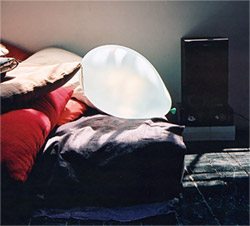
A reduction of composer Simon James Phillips' 5 hour improvisation performed with Tony Buck (drums), Werner Dafeldecker (bass), BJ Nilsen (electronics), Liz Allbee (trumpet), Arthur Rother (guitar) & Simon James Phillips (piano) exploring time, perception and place.
In Stock
Quantity in Basket: None
Log In to use our Wish List
Shipping Weight: 4.00 units
EU & UK Customers:
Discogs.com can handle your VAT payments
So please order through Discogs
Sample The Album:
Tony Buck-drums, percussion
Werner Dafeldecker-doublebass
BJ Nilsen-electronics
Liz Allbee-trumpet
Arthur Rother-guitar
Simon James Phillips-piano
Click an artist name above to see in-stock items for that artist.
Label: Mikroton Recordings
Catalog ID: CD 39 | 40
Squidco Product Code: 20849
Format: 2 CDs
Condition: New
Released: 2015
Country: Russia
Packaging: Cardboard Gatefold 3 Panels
Recorded in Berlin, Germany in 2011 by Falco.
"Exploration of time, perception and place is the recurring theme of the work of Simon James Phillips. Blage 3 was an extended installation and performance piece curated by Phillips - a one-off five hour uninterrupted improvisation with an ensemble of six of Berlin's most visible experimental artists - Tony Buck (drums and percussion), Werner Dafeldecker (double bass), BJ Nilsen (electronics), Liz Allbee (trumpet), Arthur Rother (guitar) and Simon James Phillips (piano).
The ensemble was placed in the centre of a large dance studio. Borrowing from a concept used by Berlin electronic trio Groupshow, the audience, free to come and go, were admitted only once the work had begun - the five hour duration unknown to the audience. The ensemble created sonic atmospheres that incorporated outside concrete noise, extended techniques and a sense of gradual overlapping thematic development. Communicative and responsive yet with a continual sense of consensual disconnection between the artists."-Mikroton
"Here's one for fans of first-rate, long-form electro-acoustic improvisation, a recording that sits somewhere on a drift continuum between The Necks and MIMEO.
Blage 3 (Mikroton) is the part result of an installation and performance piece curated by pianist/composer Simon James Phillips: a double CD presenting two long extracts from an uninterrupted five hour improvisation.
Playing alongside Philips are two colleagues from Berlin's Splitter Orchestra, trumpeter Liz Allbee and double bassist Werner Dafeldecker, BJ Nilsen on electronics, guitarist Arthur Rother, and The Necks' Tony Buck on percussion.
Both The Necks and Dafeldecker's group Polwechsel provide useful and apposite touchstones for this music as all three projects focus on slowly unfolding structures, albeit with varying degrees of subtlety and implacable intent.
The performance took place in the centre of a large dance studio, with an audience, who had no idea how long it would last, admitted only once the work had begun, and free to come and go. Philips then edited two long excerpts from the full five hours of improvisation, each with its own character. Any audible evidence of the audience has been carefully excised.
The first hour-long excerpt begins with a warm, hazy strumming of processed piano and combined harmonics, turning on a diminuendo through which more lyrically arpeggiated pianism emerges in counterpoint to individuated electronic drones and an ominous underlying rumble of percussion and bowed bass. Through overlapping movements, those bass reverberations operate in counterpoint to queasy, high-frequency tones until both fade, yielding again to Philips' pianism.
Fluctuations in the balance of power between inputs produce a tension between the music's lulling and discomposing aspects. It holds the ear.
Philips' playing, rippling over collaged drones, has a hypnotic mellifluousness that's reminiscent at times of Charlemagne Palestine's 'strumming music' but twenty two minutes in, and Tony Buck's rainforest shakers and vibrating snare drum herald a darkening of mood, with Rother's guitar abstractly dark-hued against bowed contrabass and harmonious grains and pulses of electronic texture. As always, the piano seems to draw the music onward, exerting a calming influence, but as electronic textures fade away Buck's percussion becomes dominant, establishing a restive tension between pulse and abstraction.
Allbee's trumpet is now clearly audible for the first time, binding the music with strenuous sustains, shaping melody, but sounding clarion only when Rother chimes in with a simple guitar motif. Still, there's an inevitable slip back into abstraction, with Allbee heard only in occasional clucks and smears amid a constellation of electro-acoustic microsound, all bolstered by washes of cymbal and irregular contact static. From here, there's a slow but sure wending of convergences to a subtly-drawn conclusion.
This is restless music, characterised by a constant tension between the acoustic, purely electronic and/or electro-acoustic facets of an always-recombinant ensemble sound. The second, 43-minute long excerpt is more tightly structured.
It begins with what sounds like interior field recordings of external weather, concomitantly creaky foley sounds, and a long, mellifluous and increasingly hypnotic piano solo, under which Buck slowly develops a rolling, rhythmic tattoo. Phillips' rapid, looping note series recall Lubomyr Melnyk's 'continuous music', but it's Buck's percussion that continues as pianism gives way to ambient harmonics.
Buck turns to peripheral percussion to emphasise texture over pulse, then patterns cymbals over thickening drones-BJ Nilsen meanwhile summoning long threads of muzzy but penetrating audio and a thin skein of tanpura-llke sound-before again breaking into rolling tympanic thunder. But then there's a turning of the tides, and those processes are reversed, with Nilsen's drones again predominant, reverberating loudly while Buck whips up a surf of cymbals, but all drawing ineluctably back to stillness and silence."-Tim Owen, Dalston Sound
Artist Biographies
• Show Bio for Tony Buck "Born in Sydney in 1962, Tony is regarded as one of Australia's most creative and adventurous exports, with vast experience across the globe. He has been involved in a highly diverse array of projects. Apart from The Necks, he is probably best known as leader of hardcore/impro band PERIL. Early in his musical life, after having graduated from the New South Wales Conservatorium of Music, he became very involved in the jazz scene in Australia, often touring with visiting international artists such as Vincent Herring, Clifford Jordan, Mickey Tucker, Branford Marsalis and Ernie Watts, as well as Australians Mark Simmonds, Paul Grabowsky, The catholics, Sandy Evans and Dale Barlow. Following time spent in Japan, where he formed PERIL with Otomo Yoshihide and Kato Hideki, Tony moved to Europe, and has involved himself in many projects there, including the development of new "virtual" MIDI controllers at STEIM in Amsterdam. Tony has played, toured or recorded with, among others, Jon Rose, Nicolas Collins, Tenko, John Zorn, Tom Cora, Phil Minton, Haino, Switchbox, The Machine for Making Sense, Ne Zhdall, The EX, Peter Brotzmann, Hans Reichel, The Little Red Spiders, Subrito Roy Chowdury, Clifford Jordan, Kletka Red, Han Bennink, Shelley Hirsch, Wayne Horvitz, Palinckx, and Ground Zero." ^ Hide Bio for Tony Buck • Show Bio for Werner Dafeldecker "Werner Dafeldecker was born in Vienna in 1964 and studied the double bass which he plays with passion. As a musician, composer and sound artist he takes advantage of the manifold possibilities offered by electro-acoustics. His musical projects are often inspired and deduced by outside influences such as architecture, science, photography and film - partially resulting in the creation of graphical scores for various ensembles and instrumental performers. Werner also focuses on site specific projects, field recording and opposing natural and environmental sounds with synthetic variants. He has built up an extensive sound archive and created several electroacoustic pieces for radio and film. Around ninety sound-recordings are documenting his artistic framework. He held lectures and workshops presenting his work i.a. at University Bellas Artes-Madrid, Hochschule für Gestaltung-Karlsruhe, RMIT University-Melbourne and Edith Cowan University-Perth. Commissions / Exhibitions / Performances: Kammermusiktage Witten; Contemporary Arts Museum, Houston; Berliner Festspiele Maerz Musik Festival; Sound field Festival, Chicago; Festival Wien Modern; Festival Hörgänge, Wien; Centre Pompidou, Paris; Steirischer Herbst, Graz; What is Music Festival, Australia; International Music Festival, Vancouver; LMC Festival, London; Dundee Media Festival; Ultraschall Festival, Berlin; SWR; ORF; Salzburger Festspiele; Liquid Architecture Festival, Australia; Darmstädter Ferienkurse; Serralves Festival, Porto, ZKM, Karlsruhe; Museum of Contemprary Art, Zagreb; Museo Reina Sofia, Madrid; Gronland Kammermusikk Festival, Oslo; Festival Mikromusik, Berlin; Borealis Festival, Oslo; Akademie der Künste, Berlin; Klangspuren Schwaz, Tirol; Transmediale Festival, Berlin" ^ Hide Bio for Werner Dafeldecker • Show Bio for Liz Allbee "Liz Allbee (1976) is a composer-performer who works with the imaginarchic potential of sonic material. Recurring themes in her work include extensions & embodiments and their interplay with instruments, everyday objects, and high and low technologies. She is fascinated by the gutteral, protolinguistic qualities of musical voices and bodies. She performs often with her trumpet, quad-trumpet, voice, and electronics. She has performed at Maerzmusik, Darmstadt, Donaueschingen, Huddersfield, Ostrava Days, Serralves, Bolzano Museum of Fine Art, Yerba Buena Center for the Arts, Berlin JazzFest, NorbergFestival, CTM, and Berghain, among others." ^ Hide Bio for Liz Allbee • Show Bio for Arthur Rother "Arthur Rother was born 1970 in Alkmaar, the Netherlands. He grew up in Holland and moved to Berlin in 1989. Together with Andrea Neumann, Christian Kesten and Fernanda Farah he curates events at labor sonor since 2003. Labor sonor is a lively meeting point for the Berlin underground music scene and is a platform for new developments in improvised and electronic music, with some references to new music, conceptual music, pop music and performance art. He is also the maintainer of the website echtzeitmusik.de, a prominent event calendar for the experimental music scene in Berlin." ^ Hide Bio for Arthur Rother • Show Bio for Simon James Phillips "Simon James Phillips is an Australian composer and musician living in Berlin. He creates immersive work that explores the perception of time and place through sound by building an expansive sonic atmosphere. Simon takes particular care to tailor his compositions and performances to each individual context. He incorporates a method of collaborative composition that invites musicians to contribute creatively and always seeks to understand and utilise the site specific qualities available for each project. He is also an accomplished pianist with experience performing within both the classical and experimental/new music context. Simon, as either performer or composer, has participated in the Approximation Festival (Düsseldorf), Audio Art (Krakow), Bend/Break Festival (Berlin), Borealis Festival (Bergen), Darmstädter Ferienkurse (Darmstadt), Huddersfield Contemporary Music Festival (Huddersfield), Jazzfest Berlin (Berlin), Maerzmusik (Berlin), and the Sydney International Festival of the Arts (Sydney). He has performed in Australia, Canada, Denmark, Germany, Norway, Poland, Portugal, Sweden, Switzerland and the United Kingdom. He has been artist in residence at the Banff Centre (Canada) and Teatro Maria Matos (Portugal)." ^ Hide Bio for Simon James Phillips
7/9/2025
Have a better biography or biography source? Please Contact Us so that we can update this biography.
7/9/2025
Have a better biography or biography source? Please Contact Us so that we can update this biography.
7/9/2025
Have a better biography or biography source? Please Contact Us so that we can update this biography.
7/9/2025
Have a better biography or biography source? Please Contact Us so that we can update this biography.
7/9/2025
Have a better biography or biography source? Please Contact Us so that we can update this biography.
Track Listing:
CD 1
1. Untitled 59:08
CD 2
1. Untitled 43:06
Improvised Music
Electro-Acoustic
Electro-Acoustic Improv
Sextet Recordings
The Necks
Australian Improvisers, Composers and Experimenters
Search for other titles on the label:
Mikroton Recordings.


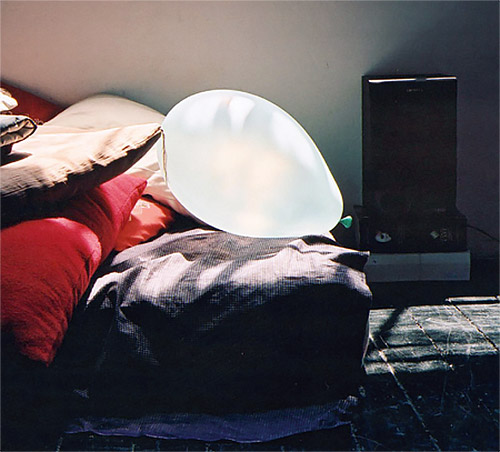
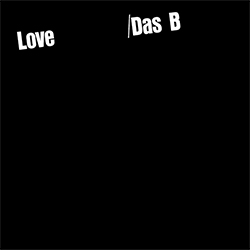
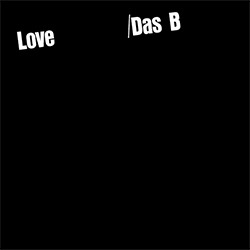
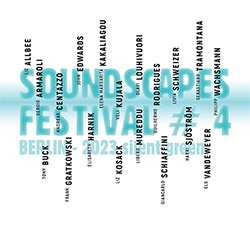
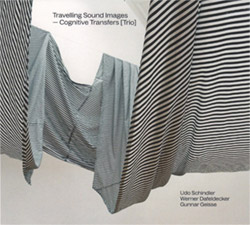
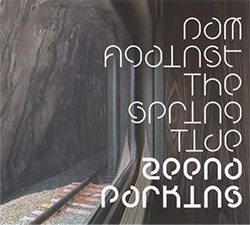
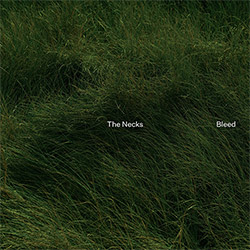
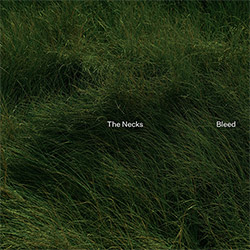
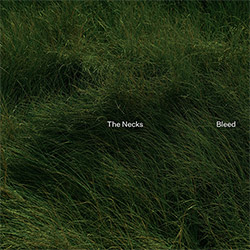
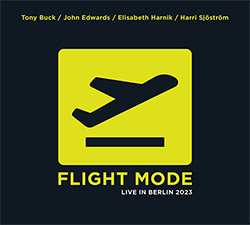
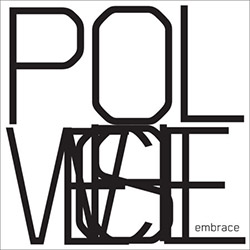
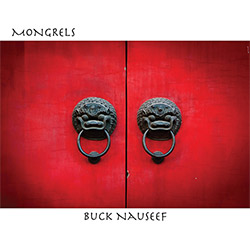
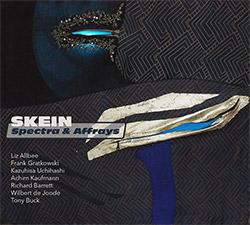
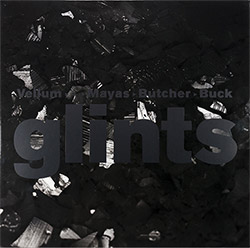
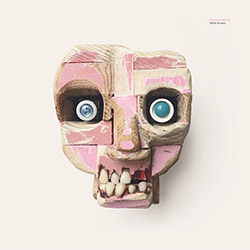
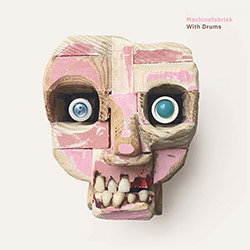
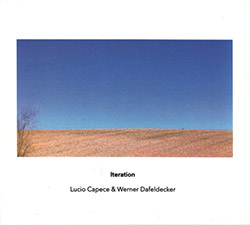
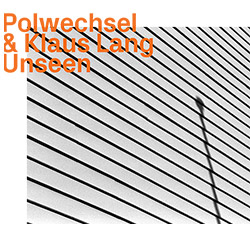
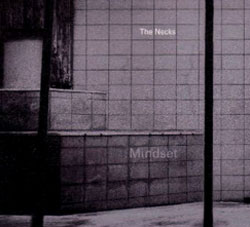
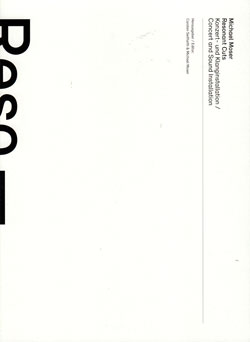
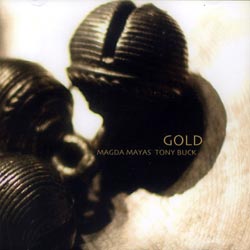
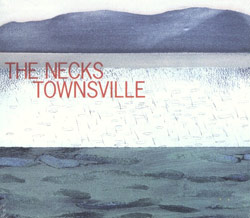
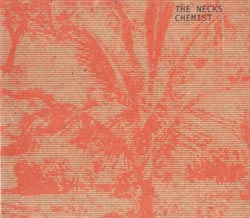
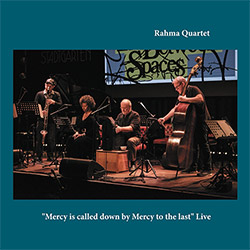
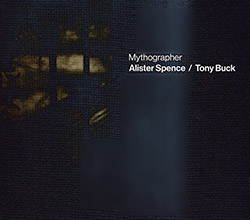
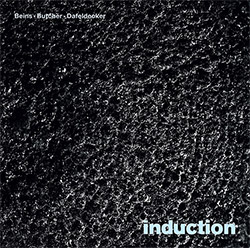
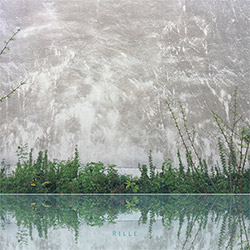

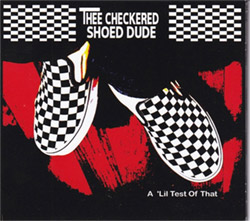
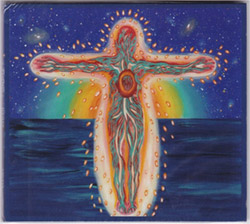
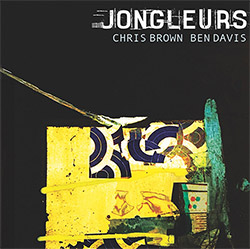
![BlueRing Improvisers: Materia [2 CDs]](https://www.teuthida.com/productImages/misc4/36513.jpg)
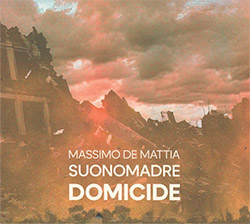
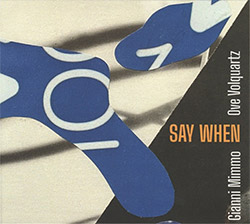
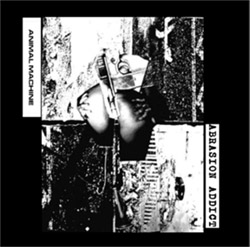
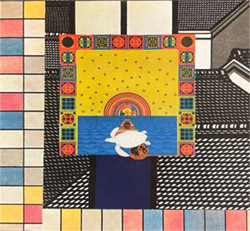
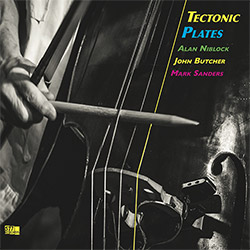
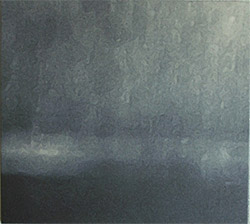

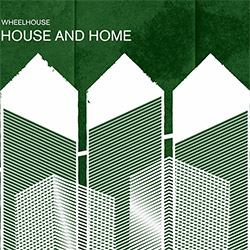
![Wheelhouse (Rempis / Adasiewicz / McBride): House And Home [VINYL]](https://www.teuthida.com/productImages/misc4/36462.jpg)
![+DOG+: The Light Of Our Lives [2 CDs]](https://www.teuthida.com/productImages/misc4/36009.jpg)

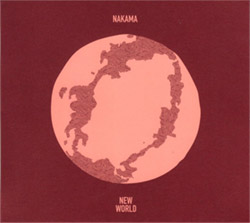
![Parker, Evan / Jean-Marc Foussat: Insolence [VINYL]](https://www.teuthida.com/productImages/misc4/36398.jpg)
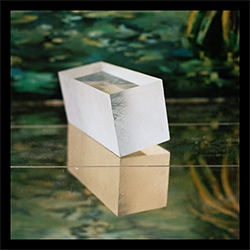
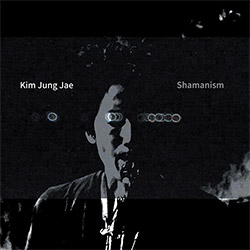
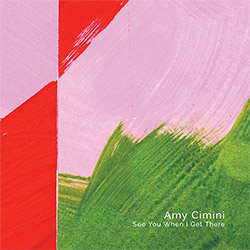
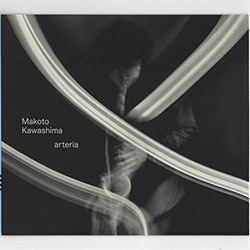
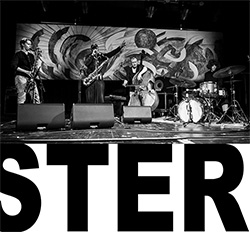
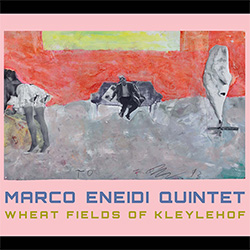
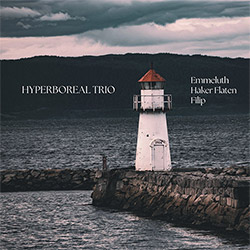
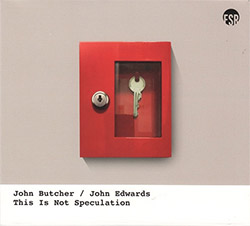
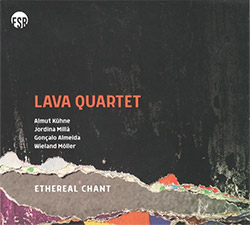
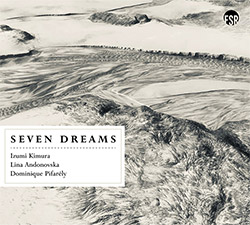
![Deupree, Jerome / Sylvie Courvoisier / Lester St. Louis / Joe Morris: Canyon [2 CDs]](https://www.teuthida.com/productImages/misc4/36404.jpg)
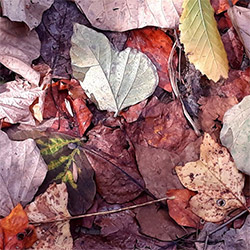
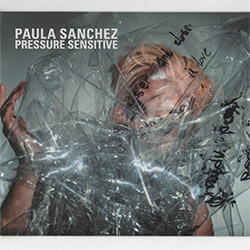
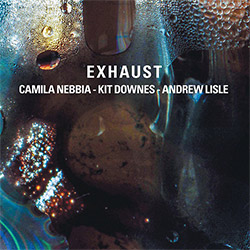
![Eventless Plot | Haarvol: The Subliminal Paths [CASSETTE + DOWNLOAD]](https://www.teuthida.com/productImages/misc4/36232.jpg)
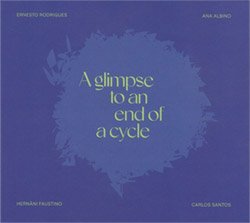
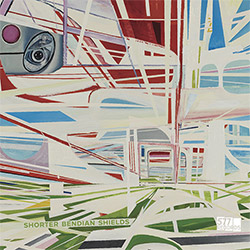
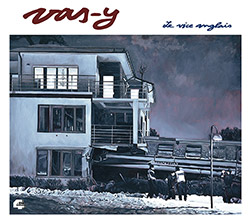
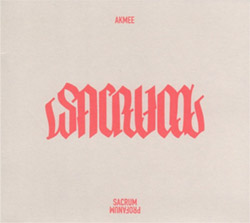

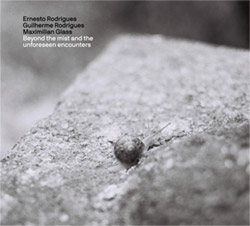
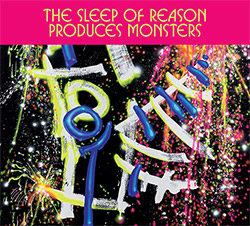
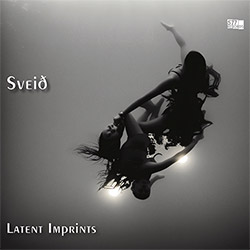
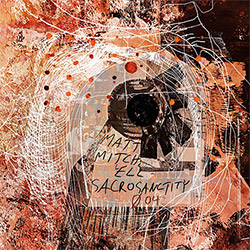
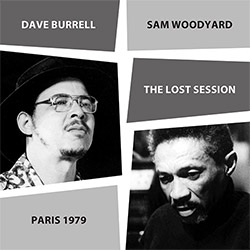
![Eventless Plot | Francesco Covarino: Methexis [CASSETTE + DOWNLOAD]](https://www.teuthida.com/productImages/misc4/36231.jpg)
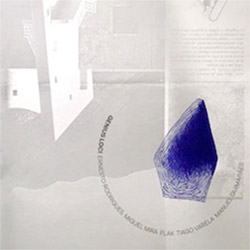
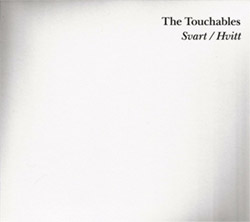
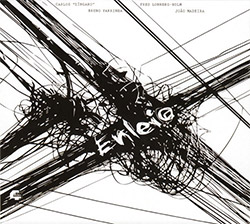
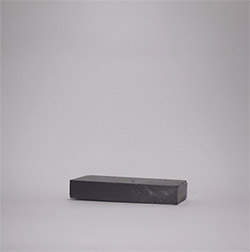
![Eternities: Rides Again [CASSETTE]](https://www.teuthida.com/productImages/misc4/36247.jpg)
![Lopez, Francisco: Untitled (2021-2022) [2 CDs]](https://www.teuthida.com/productImages/misc4/36438.jpg)
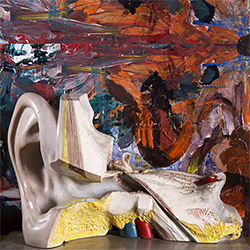
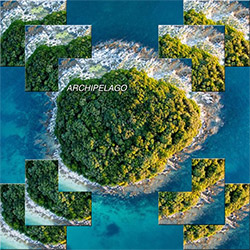
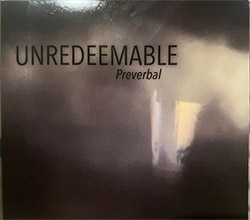
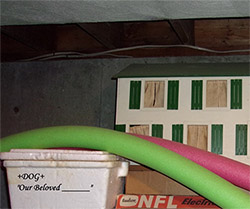
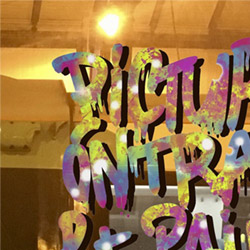
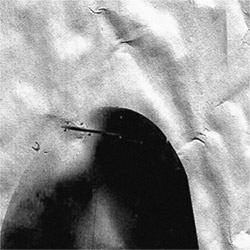
![Money : Money 2 [2 CDs]](https://www.teuthida.com/productImages/misc4/35894.jpg)
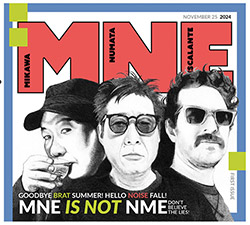
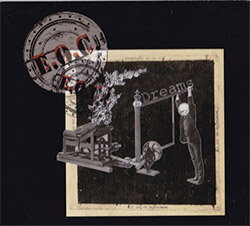
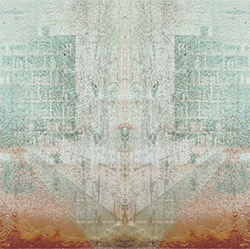
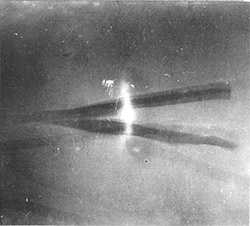
![Klinga, Erik: Elusive Shimmer [VINYL]](https://www.teuthida.com/productImages/misc4/36258.jpg)
![CHANGES TO blind (Phil Zampino): Volume 9 - I Wave on a Fine Vile Mist [CD + DOWNLOAD]](https://www.teuthida.com/productImages/misc4/36061.jpg)

![Wallmart / Rubbish: Asset Protection [split CD]](https://www.teuthida.com/productImages/misc4/35900.jpg)
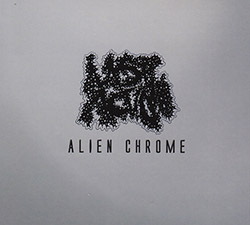
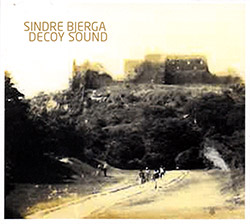
![+Dog+: The Family Music Book Vol. 5 [2 CDs]](https://www.teuthida.com/productImages/misc4/35897.jpg)
![Kuvveti, Deli : Kuslar Soyledi [CASSETTE w/ DOWNLOAD]](https://www.teuthida.com/productImages/misc4/36107.jpg)
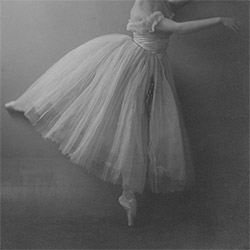
![Brown, Dan / Dan Reynolds: Live At The Grange Hall [unauthorized][CASSETTE]](https://www.teuthida.com/productImages/misc4/36245.jpg)
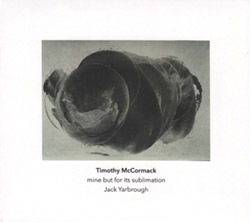
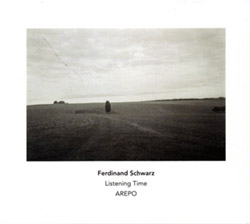
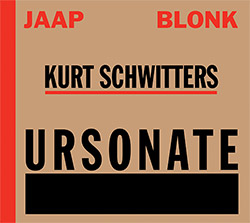
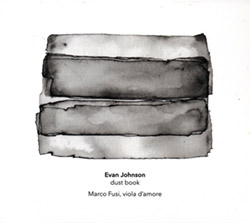
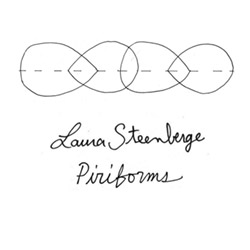
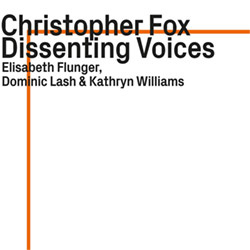
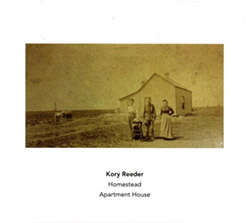
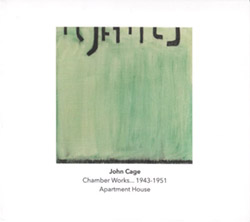
![Palestine, Charlemagne / Seppe Gebruers: Beyondddddd The Notessssss [VINYL]](https://www.teuthida.com/productImages/misc4/36206.jpg)
![Palestine, Charlemagne / Seppe Gebruers: Beyondddddd The Notessssss [NEON GREEN VINYL]](https://www.teuthida.com/productImages/misc4/36207.jpg)
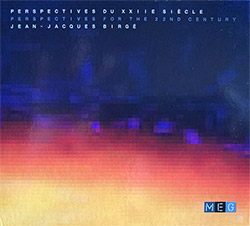
![Laubrock, Ingrid: Purposing The Air [2 CDs]](https://www.teuthida.com/productImages/misc4/35639.jpg)
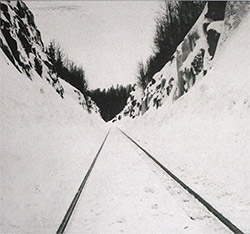
![Yoko, Ono / The Great Learning Orchestra: Selected Recordings From Grapefruit [2 CDs]](https://www.teuthida.com/productImages/misc4/35841.jpg)
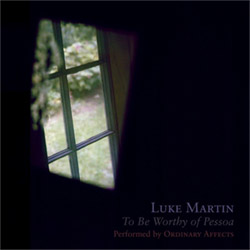
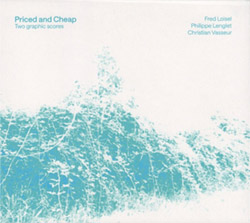
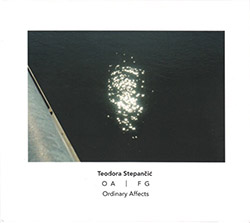
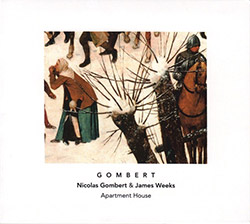
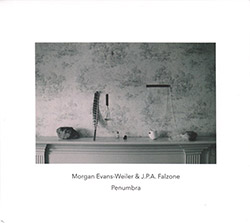
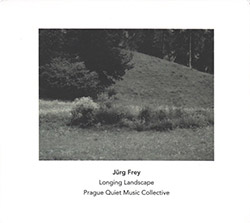
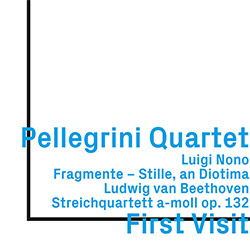
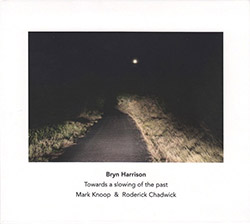
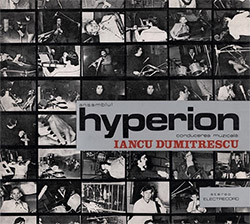
![Zorn, John / JACK Quartet: The Complete String Quartets [2 CDs]](https://www.teuthida.com/productImages/misc4/35609.jpg)
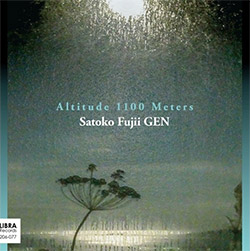
![Lonsdale, Eden: Dawnings [2 CDs]](https://www.teuthida.com/productImages/misc4/35480.jpg)
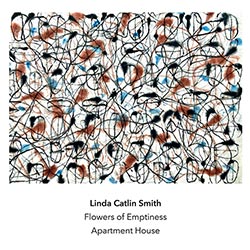
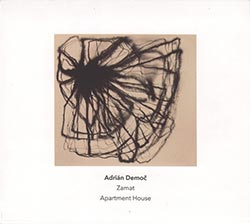
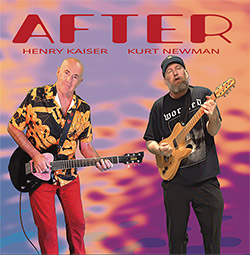
![Sorry For Laughing (G. Whitlow / M. Bates / Dave-Id / E. Ka-Spel): Rain Flowers [2 CDS]](https://www.teuthida.com/productImages/misc4/35985.jpg)
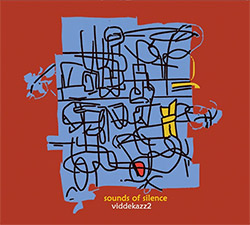
![Rolando, Tommaso / Andy Moor : Biscotti [CASSETTE w/ DOWNLOADS]](https://www.teuthida.com/productImages/misc4/36106.jpg)
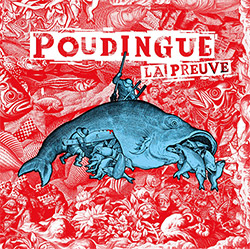
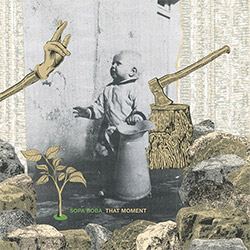
![Electric Bird Noise / Derek Roddy: 8-10-22 [CD EP]](https://www.teuthida.com/productImages/misc4/35970.jpg)
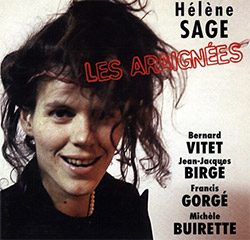

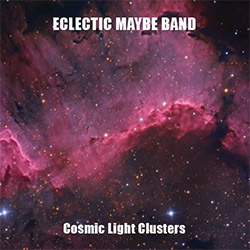
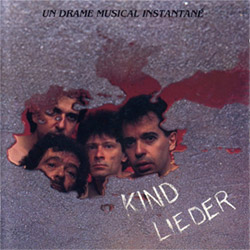
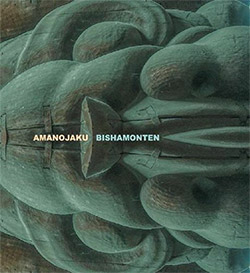
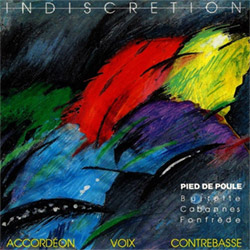
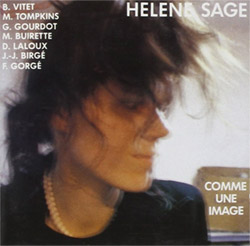
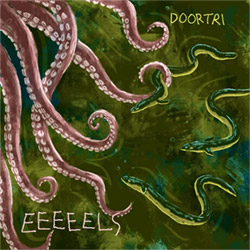
![Elephant9 : Mythical River [VINYL]](https://www.teuthida.com/productImages/misc4/34624.jpg)
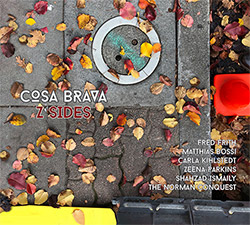
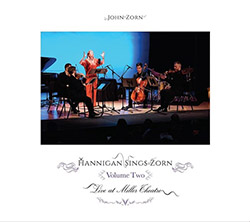
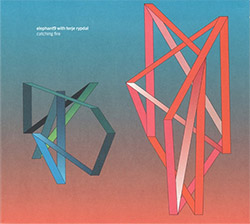
![Elephant9 with Terje Rypdal: Catching Fire [VINYL 2 LPs]](https://www.teuthida.com/productImages/misc4/35355.jpg)
![Deerlady (Obomsawin, Mali / Magdalena Abrego): Greatest Hits [VINYL]](https://www.teuthida.com/productImages/misc4/34876.jpg)
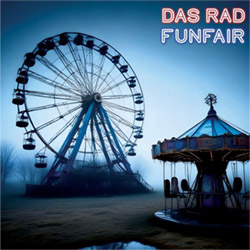
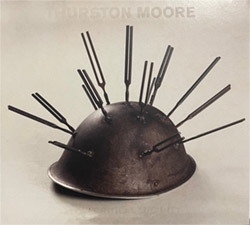
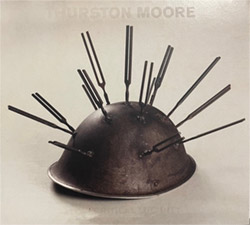
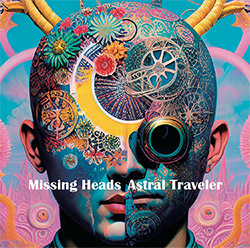
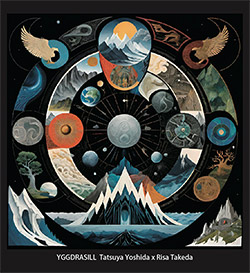
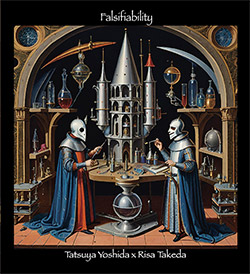
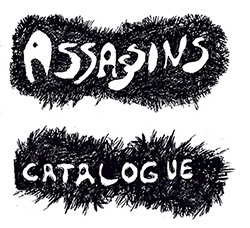
![Surplus 1980: Illusion of Consistency [CD]](https://www.teuthida.com/productImages/misc4/35069.jpg)
![Staiano, Moe: Away Towards the Light [VINYL + DOWNLOAD]](https://www.teuthida.com/productImages/misc4/35037.jpg)
![Coley, Byron: Dating Tips for Touring Bands [VINYL]](https://www.teuthida.com/productImages/misc4/17906.jpg)

![Lost Kisses: My Life is Sad & Funny [DVD]](https://www.teuthida.com/productImages/misc4/lostKissesDVD.jpg)